Fixed-Rate Mortgages vs Adjustable-Rate Mortgages: Pros and Cons
Choosing between a fixed-rate mortgage an adjustable-rate mortgage (ARM) is an important decision when buying a home.
Fixed-rate mortgages provide stability and predictability, making it a popular choice for many homebuyers. The biggest advantage is that the interest rate remains constant throughout the life of the loan, protecting borrowers from market fluctuations and making budgeting easier. This is especially beneficial when interest rates are expected to rise. However, fixed-rate mortgages could start with higher interest rates compared to adjustable-rate mortgages (ARMs), which could mean higher initial monthly payments. Additionally, if market rates drop significantly, borrowers may need to refinance to take advantage of lower rates, which comes with added costs.
Adjustable-rate mortgages (ARMs) offer an initial fixed interest rate for a set period before adjusting periodically based on market conditions. For example, a 7/1 ARM means the interest rate remains fixed for the first seven years, then adjusts annually based on a specified index plus a margin. In contrast, a 7/6 ARM also has a fixed rate for the first seven years, but after that, it adjusts every six months instead of annually. Additionally, most ARMs have interest rate caps that limit how much the rate can increase in a single adjustment period and over the loan’s lifetime. While ARMs can provide short-term savings, borrowers should carefully consider the potential for future rate increases. Both loan options typically offer lower initial interest rates than fixed-rate mortgages, making them attractive for borrowers who plan to move or refinance before the adjustment period begins.
Deciding between these loan types depends on your financial goals and risk tolerance. To explore which option suits you best, speak with an Ellason Loan Originator today!



